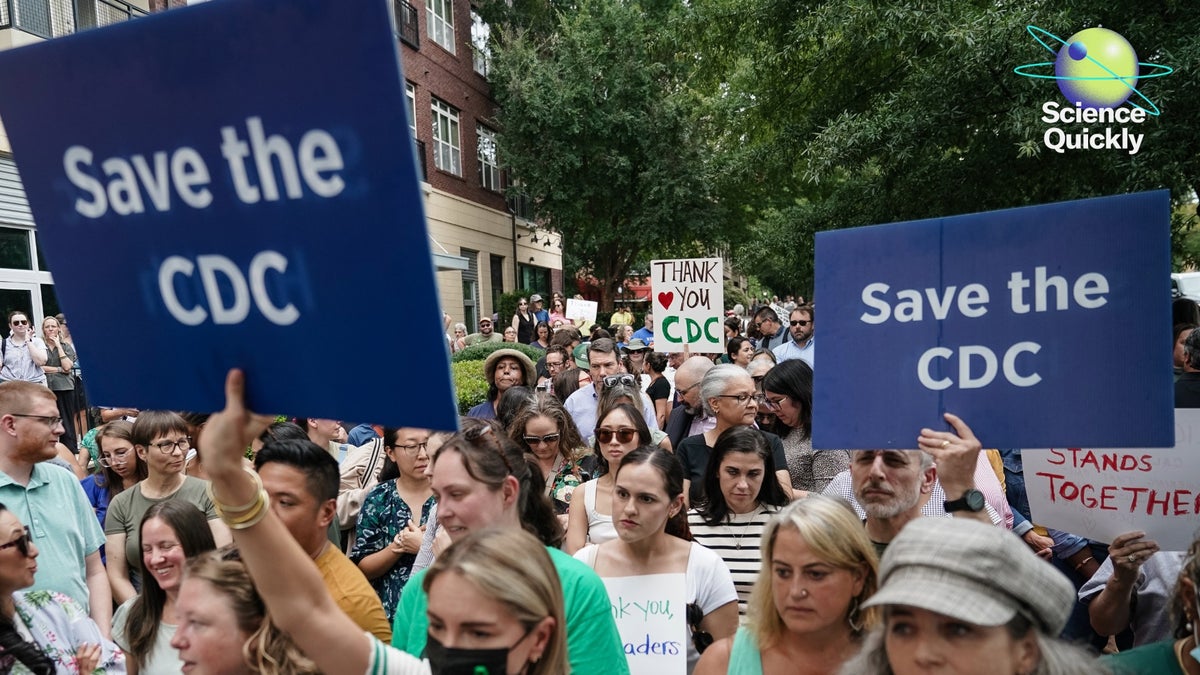Breaking: Life-Saving Treatment Slashes Healthcare Costs and Boosts Infant Health

A Disturbing Trend: The Rising Tide of Substance Use Among Women
In the past two decades, the landscape of women's health has been dramatically reshaped by a sobering statistic: substance use-related deaths among women of reproductive age have skyrocketed, more than doubling since the early 2000s. What was once a marginalized issue has now become a critical public health crisis, with overdose deaths emerging as a primary contributor to maternal mortality across the United States.
The situation is so severe that in some states, substance use-related deaths have become the leading cause of death for mothers, eclipsing traditional health risks. This alarming trend highlights the urgent need for comprehensive healthcare strategies, addiction support, and targeted interventions to protect the lives of women and their families.
As society grapples with this complex challenge, understanding the underlying factors and developing compassionate, effective solutions has never been more crucial. The rising rates of substance use among women demand our immediate attention, empathy, and coordinated action.








